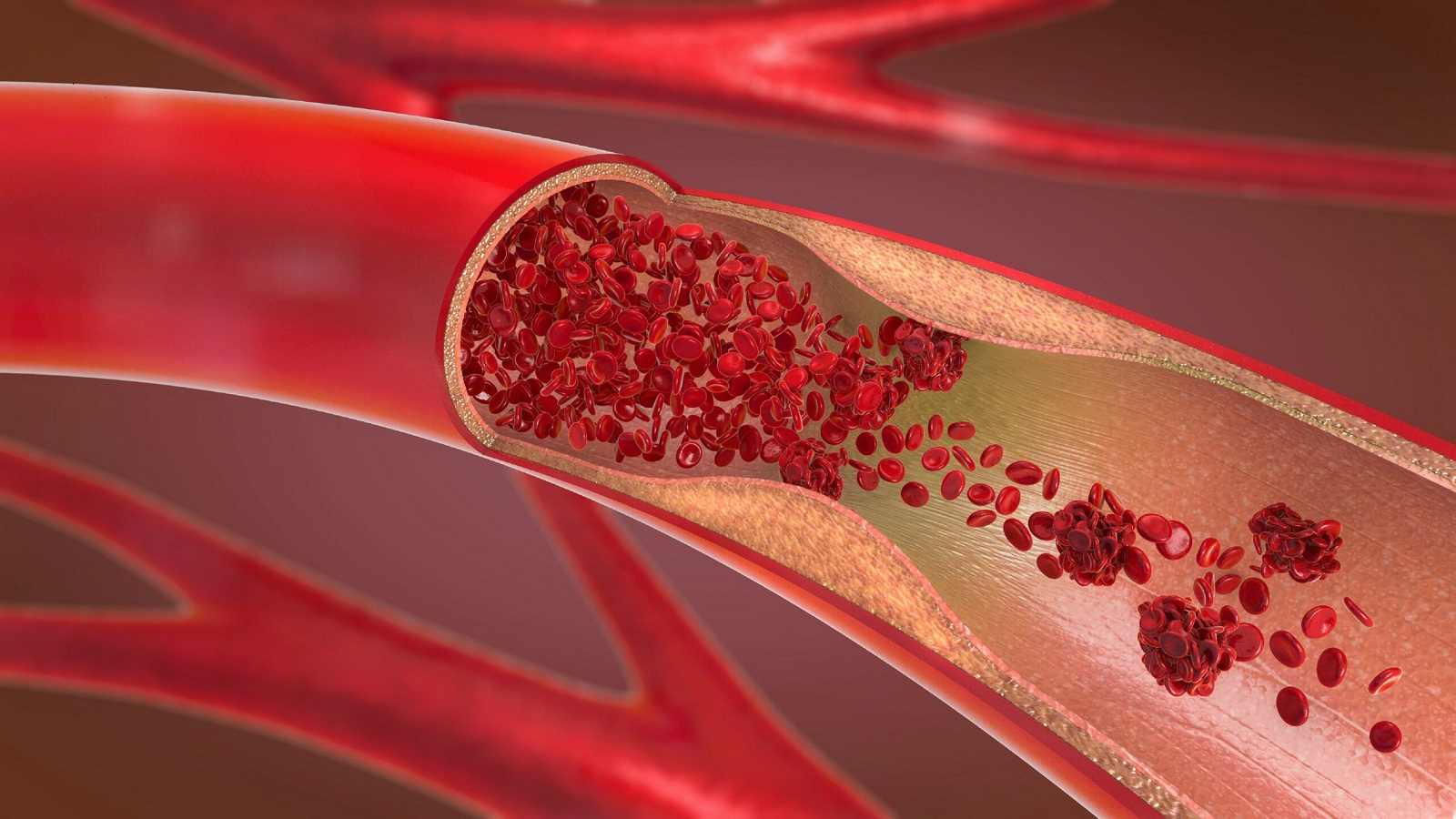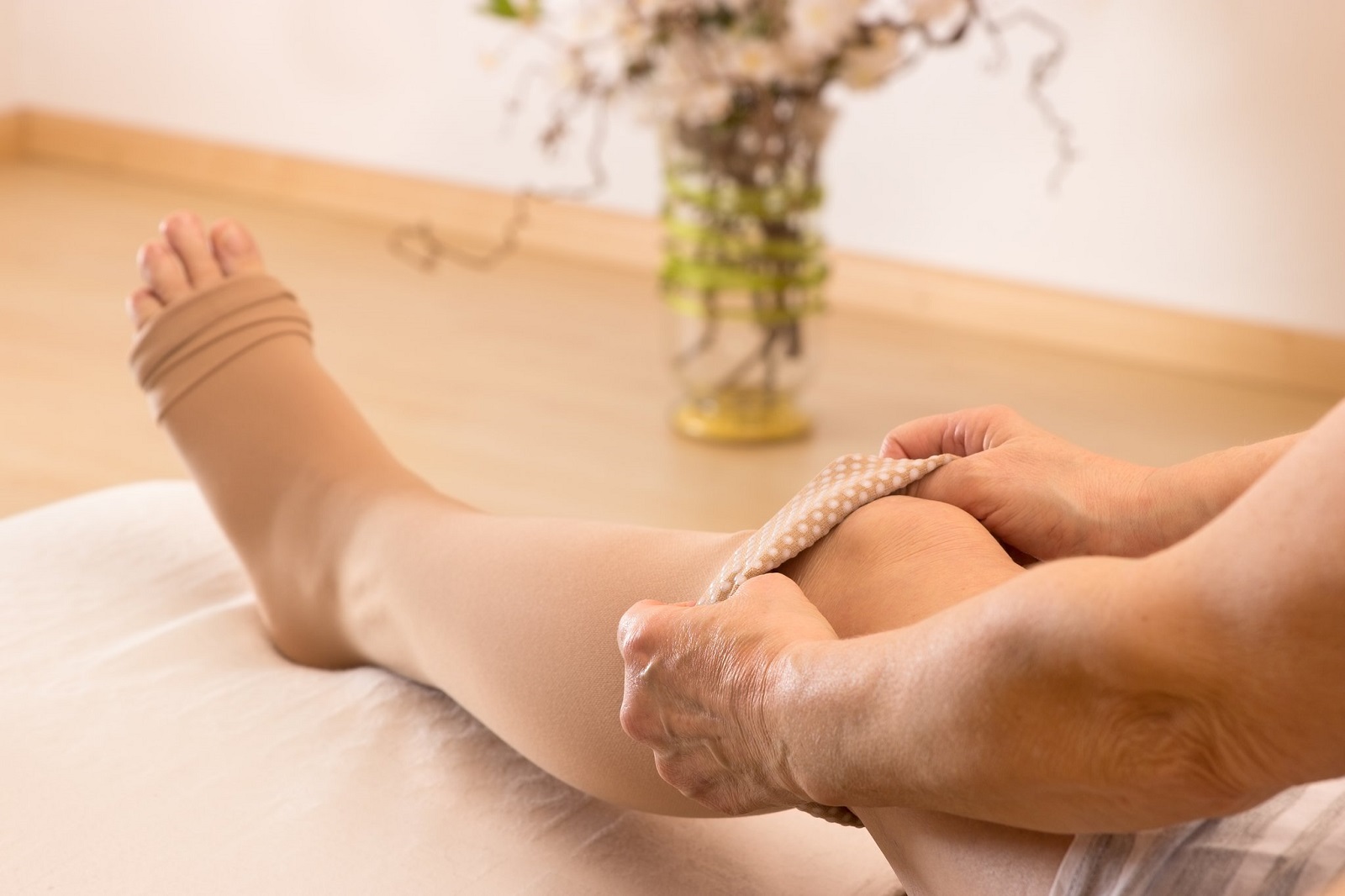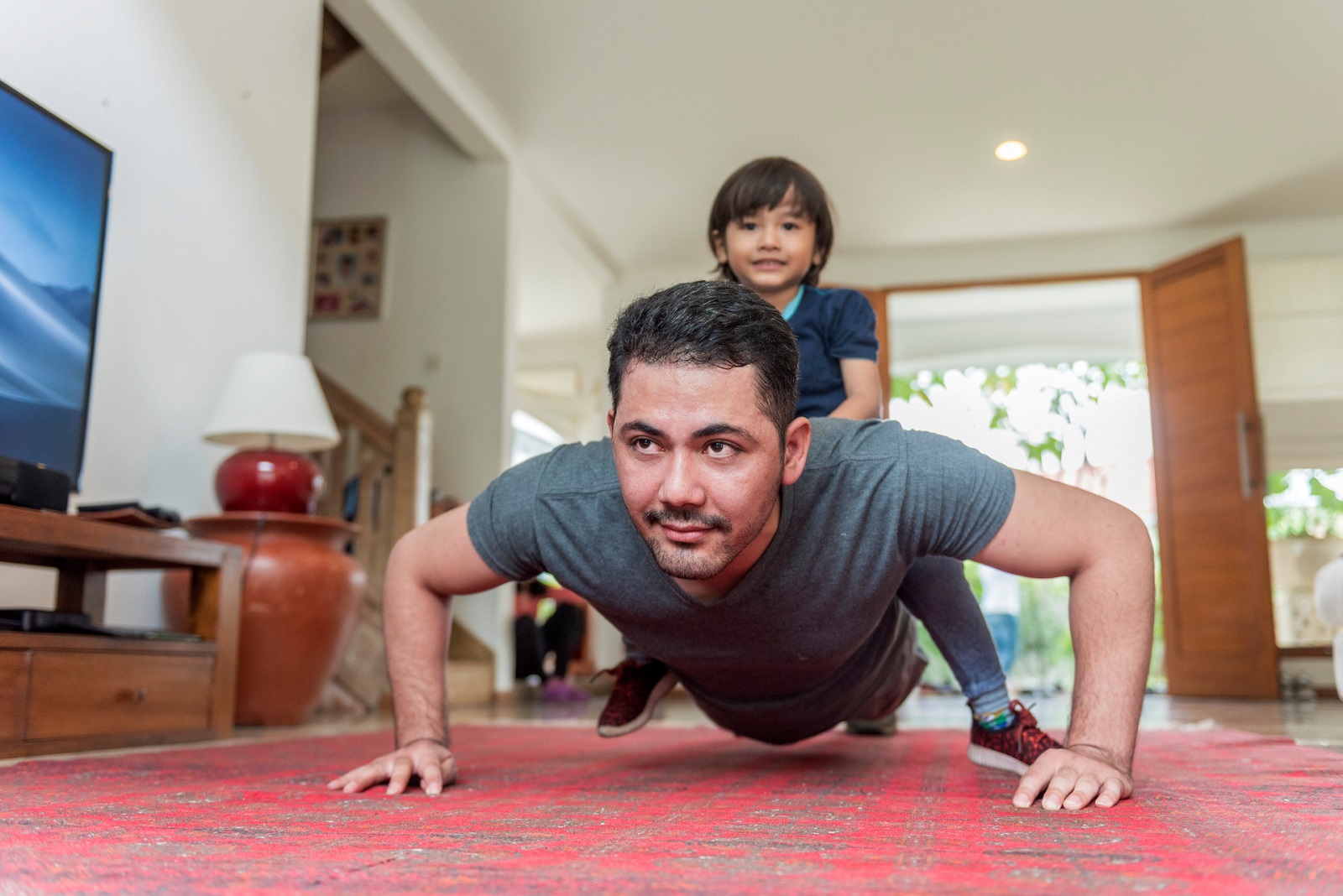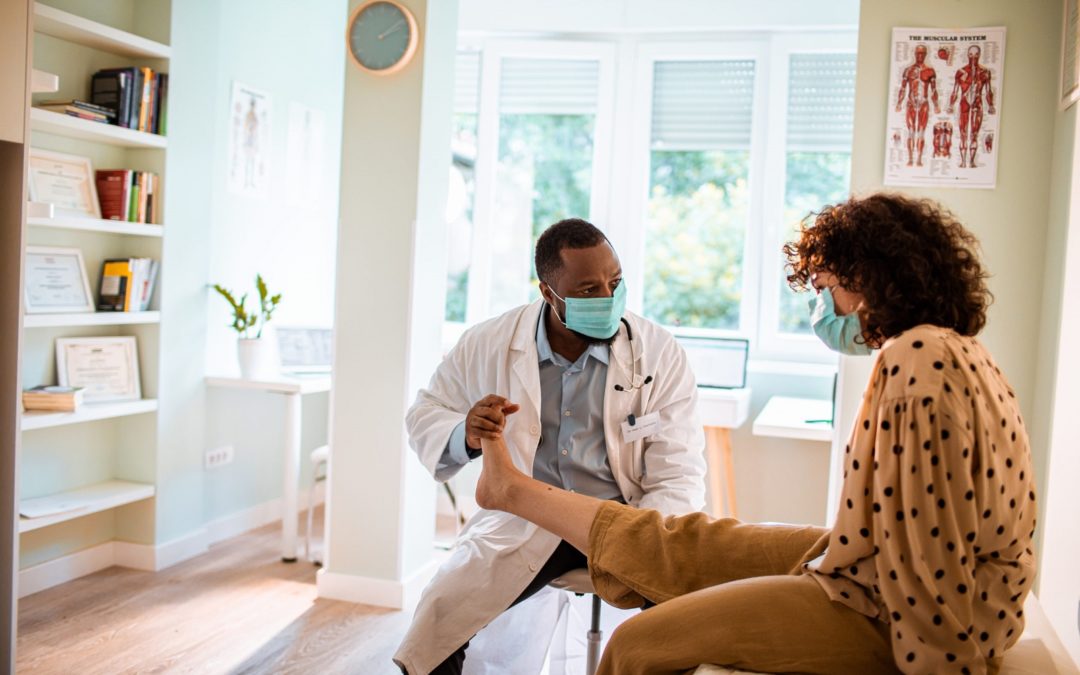Many people just like you unknowingly suffer from one or more vein diseases. The symptoms can go beyond being a cosmetic annoyance and create a situation where people live with chronic painful legs. As a result, the worry is that the only way to find relief is with major surgery. In fact, there are ways to avoid a major surgical procedure and get relief from painful legs. At Hamilton Vascular, we are proud to use the most advanced technologies and cutting-edge treatments that are both conservative and minimally invasive to improve the look of your legs and eliminate a variety of symptoms.
It is important to note that even if what you’re experiencing is merely a cosmetic concern right now, there could be a more severe disease at play beneath the surface that could lead to complications down the line—including painful legs. It’s advised not to put it off and to seek treatment sooner rather than later.
Are You Experiencing Any of These Painful Legs Symptoms?
- Tired, heavy legs
- Throbbing or stabbing pain
- Swelling and achiness
- Numbness and tingling
- Varicose veins
- Itching, prickling, pulling sensations
- Burning sensations in the feet
- Open sores and ulcers
- Cramping
Looking for leg pain treatment options? Call to schedule a consultation with Hamilton Vascular’s expert physicians. Appointment
How To Treat Painful Legs Without Major Surgery
When you suffer from chronic painful legs, it’s an ongoing battle. They can be uncomfortable when you move, and they may even cause problems while you are at rest. You sometimes can’t do all the things you used to love doing, and your life becomes more sedentary. All you want is relief, and believe it or not, the answer doesn’t have to be major surgery. Instead, many complications that result in painful legs can be resolved by fixing the root cause.
For many people, that root cause is a vein or artery issue. The veins and arteries in your body are responsible for providing your vital organs with the blood they need to work efficiently and healthily. But if there’s plaque buildup in the veins or arteries, they can no longer do their job as efficiently as they once did. As a result, complications can start to occur.

An average of one in every three adults over the age of 45 develops some form of vein disease. There are varicose veins, which affect roughly 25 million men and women in the United States. There’s deep vein thrombosis, which are life-threatening blood clots that form in the deep, large veins of the pelvis, legs, thighs, or arms. there’s also that irresistible urge to move your legs non-stop known as restless leg syndrome, and even the formation of painful skin and foot ulcers that don’t want to heal. Each of these conditions can benefit from a skilled and compassionate vein specialist like the ones here at Hamilton Vascular.
And while there are alternatives to surgery, your doctor will likely ask you to try several conservative approaches to support the venous circulation, improve the symptoms of painful legs, and slow the development of new diseased veins. Most insurance policies require that conservative treatments be followed first for roughly 2-6 weeks before undergoing more extensive treatments.
Just a few of those conservative methods include:
1. Compression socks
Compression socks support your legs by applying gentle pressure. This helps with circulation, swelling, and reduces painful legs. Wearing them during long work shifts, plane flights, and even while exercising can help when standing on your feet for a long time, sitting for too long, and increasing blood flow.

2. Exercise regularly
Exercising regularly helps improve blood flow throughout the body, builds strong muscles and joints, and simply promotes a healthier lifestyle. For adults, the American Heart Association recommends at least 150 minutes per week of moderate-intensity aerobic activity and to increase the amount and intensity gradually.

3. Eat a healthy diet
One way to improve vein health is through eating better. Your diet plays a huge role in maintaining blood circulation, losing weight, and improving cardiovascular health. Options include fruits and vegetables, foods high in Vitamin C and E, and fiber-rich foods.

4. Wear comfortable and supportive shoes
This is especially true if you are in a retail or another service industry that requires you to be on your feet all the time. Certain shoes may look good but are either too tight or not very comfortable, which can potentially restrict blood flow and cause other complications.

5. Quit smoking
Smoking, in general, is not good for you and is the leading cause of preventable disease and death in the United States, per the Centers for Disease Control and Prevention. This includes its direct impact on the formation of varicose veins and other venous diseases and complications.

6. Avoid tight clothing
Tight clothing around the waist, upper thighs, and legs can interrupt blood flow through the veins and increase pooling of blood and leg swelling.

Looking for a vein doctor in South Texas? Call to schedule a consultation with Hamilton Vascular’s expert physicians. Appointment
Avoid Major Surgery with Minimally Invasive Treatment
Even if you take advantage of the lifestyle changes above, it may not be enough to provide relief from your painful legs. This is where minimally invasive treatments can help with a range of vein and artery conditions.
1. Microfoam Ablation
- This procedure treats and relieves symptoms associated with larger, tortuous, or twisted veins and straight veins by injecting a special microfoam into the affected veins without the use of heat or tumescent. The foam fills the desired section of the vein. As a result, the diseased vein collapses, and blood flow immediately shifts to healthier veins nearby. Several medical journals confirm this procedure has a very high success rate, with a closure rate of 93% at three months and 93% at six months.
2. Radiofrequency Ablation
- RFA is perfect for patients who suffer from moderate to severe painful legs as a result of varicose veins and larger veins that have filled with blood. A small catheter is inserted into the diseased vein by way of a simple needle stick to emit radiofrequency waves into the affected vein to heat and seal the vein closed. The entire process is done under ultrasound guidance. Blood flow is cut off, eliminating symptoms such as heaviness, aching, and leg pain. The puncture does not leave a scar, and the procedure takes less than an hour.
3. Sclerotherapy
- Unlike microfoam ablation, which is best suited for larger veins, sclerotherapy is best for smaller veins, moderate varicose veins and improve the appearance of spider veins on the thighs, calves, and feet. Your doctor will inject a specially formulated chemical solution full of sclerosing agents (either in liquid or foam form) into the affected veins. This solution irritates the vein walls, safely and effectively relieving your uncomfortable symptoms. This procedure is fast in that it typically takes just 15 minutes to complete.
4. Angioplasty and a Stent
- With angioplasty, your doctor will use a small catheter and balloon system to open up the diseased artery and clear plaque build-up from the artery’s walls. A stent is also recommended, especially for patients who have peripheral arterial disease. A small mesh tube is used to keep a closed-off or compressed blood vessel open for the long term.
5. Atherectomy
- This procedure involves laser technology that clears plaque build-up on blood vessels. It can be performed on its own but is often combined with angioplasty and a stent. With this procedure, plaque build-up inside the arteries is cleared away using a laser. This ensures blood vessels can move blood through the body without any complications.
Schedule an Appointment for Your Painful Legs with Hamilton Vascular
Do you have painful legs? Are you worried that your symptoms could be a sign of more serious health conditions? Call us! It’s important to recognize vein disease in its earliest stages and seek help from a medical professional who can guide you on your next steps.
Hamilton Vascular has long been a leader in performing leading-edge procedures to treat vein disease. This includes varicose veins, spider veins, restless leg syndrome, pelvic congestion syndrome, varicoceles and more—all the while providing compassionate patient care. The vascular physicians at Hamilton are board certified diagnostic radiologists with additional fellowship training in vascular and interventional radiology.
The vein experts at Hamilton will recommend an individualized plan to help you get the best results. Request an appointment for a vein disease evaluation to discuss your options. For a consultation with one of our doctor specialists, please contact us at 866-552-4866 or complete the appointment form.
Appointment
This information is not a substitute for professional medical advice. Prior to starting any new treatment or questions regarding a medical condition, always seek the advice of your doctor or other qualified health provider.
Hamilton Vascular serves the South Texas area including Houston, San Antonio, Austin, Round Rock, Bastrop, Brushy Creek, Cedar Park, Converse, Georgetown, Hutto, Kyle, League City, Leander, Marble Falls, New Braunfels, Pasadena, Pearland, Pflugerville, San Marcos, Schertz, Sugar Land, The Woodlands, Universal City and more.

